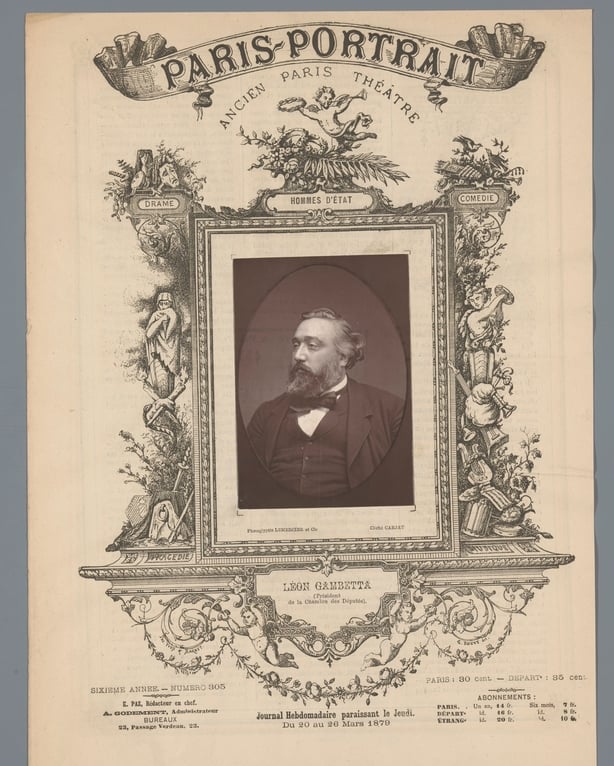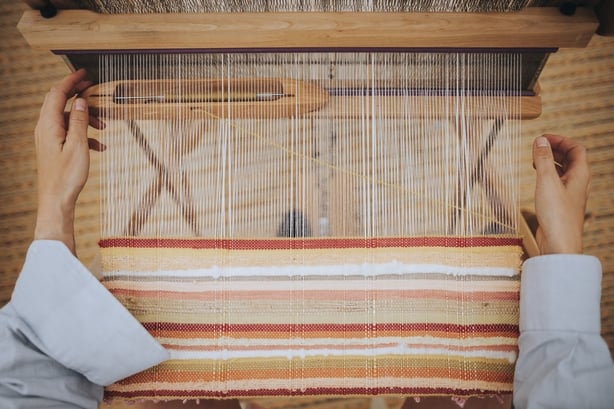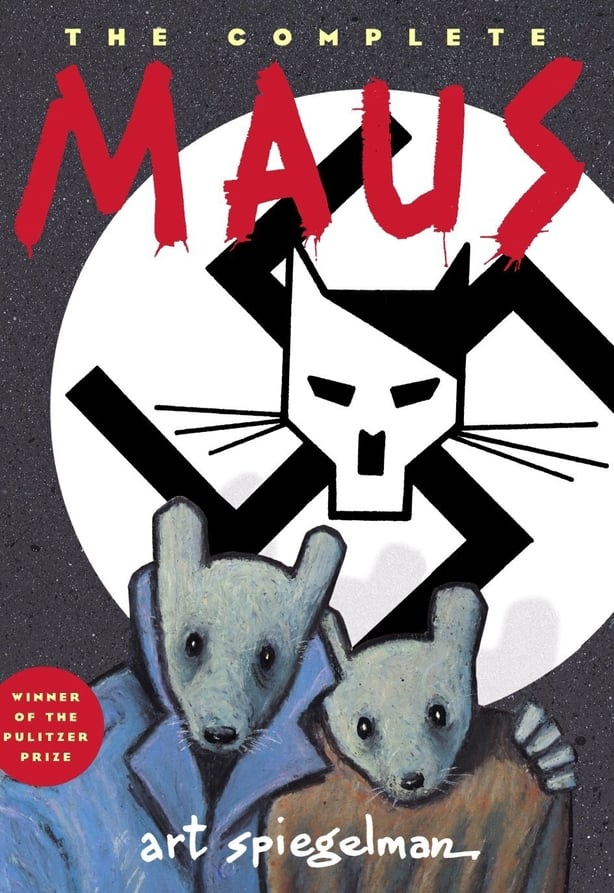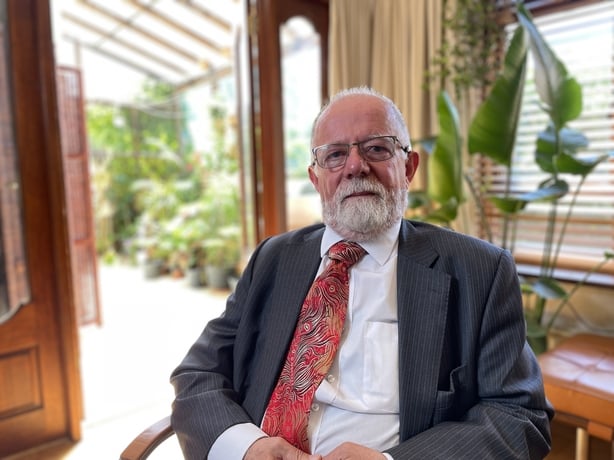Memory, and forgetting, are at the heart of the subsequent history of the Irish Civil War and its place in the collective Irish psyche, says Conor Mulvagh
The Irish Civil War did not witness mass graves, major offensives, or any kind of armistice which drew a line under the conflict. Both the start and end dates of the conflict are hazy and up for debate. It broke out slowly with tense splits, standoffs, and occupations before the 'hot' war broke out at the end of June 1922.
The whole affair hinged on a document signed in London in the middle of the night of 5-6 December 1921. Two of the six Irish signatories to the document, and the delegation’s secretary, would be dead within a year. Of those who signed, one, Robert Barton, subsequently came out against the document itself.
Memory, and forgetting, are at the heart of the subsequent history of the Irish Civil War and its place in the collective Irish psyche. After the loss of the territories of Alsace-Lorraine in the Franco-Prussian war of 1870, Léon Gambetta told his followers to 'think of them always, speak of them never' ("N’en parlez jamais; pensez y toujours."). The words were spoken in a spirit of revanchism, the burying, festering of bitterness and enmity.

The same could apply to the Irish Civil War. Eclipsed in memory by a herocised retelling of the independence struggle which preceded it, the civil war was buried but not forgotten in Irish memory. The historian Anne Dolan has written about the dissonance between the young Free State’s unwillingness to commemorate the Civil War:
‘To die in 1916, 1919, 1920, or 1921 was to die a martyr for old Ireland. To die in a Free State uniform was to die a mere soldier. Republicanism, though it hijacked the mantle of martyrdom, cannot be blamed entirely for this demotion.’
In the late 1940s, the Irish state embarked on a project to collect the recollections and depositions of those who were involved in the Irish independence struggle. Many of the depositors had previously told their stories in a more perfunctory way when applying for pensions for their military service.
A line in the sand
Tellingly, neither the pensions statements of the 1930s nor the Bureau of Military History witness statements of the ‘40s and ‘50s extended to the Civil War. A line was drawn in the sand at the Truce. The state did not want to record what had occurred thereafter. Nonetheless, many witnesses to the bureau did deposit their memories and recollections of the Civil War, testifying to the continuity of events in a turbulent and violent decade in Ireland’s history.
The repository of memory for the Irish Civil War goes beyond the boundaries and borders of Ireland. Many, particularly on the republican side, left Ireland during and immediately after the war, taking their stories and memories with them to the United States, to Britain, and elsewhere. Meanwhile, although the fighting in the civil war was largely confined to the twenty-six counties of the Irish Free State,
Weaving a fabric
The sociologist Maurice Halbwachs tells us that ‘collective memory’ (as opposed to individual memory) is something that can only be created in its retelling and this can only be done in communion with others. The process is constructivist (or re-constructivist) in nature. When I tell you a story, I am not holding a little piece of history in my hands and passing it on to you intact. I am weaving a fabric from history and when you take those fragments and pass them on, you will weave your own tapestry.
We filter our ability to tell the past, real or imagined, through many prisms. We take the fragments of the past, memories, objects, photographs and we use these as the scaffolding, our book of evidence, for what we claim to carry forward from the past. At the heart of this is the process of forgetting: selective, unintentional, deliberate. For every one object, memory, or story we carry forward into the present, we leave behind hundreds, perhaps thousands of other fragments and filaments of real events on the cutting room floor of memory. The process of deciding which fragments to carry forward and which to leave behind is inextricably linked to the disciplines of archivists, history, folklore, art and literature.

Jan and Aleida [Al-ida] Assmann distinguish between communicative and cultural memory. We are mostly in search of communicative memory here: non-institutional memory which lives in everyday interaction and communication. As a result of its fragility, Jan Assmann argues that communicative memory can only last three interacting generations. In the Irish context therefore, we stand on the ledge of losing this memory as it becomes institutionalised and intermingled with myths, schoolbooks, and monuments.
Sites of memory
Pierre Nora calls the fragments (material or otherwise) of the past lieux de memoire, loosely translated into English as sites of memory. This could be a statue in a town square or a concert ticket you keep in a shoebox under your bed. Linked to the idea of a souvenir, literally something you look back on, a lieu de memoire is an object upon which we bestow the mystical property of being able to harbour within it a connection with the past.
Family memories of the Civil War, from The Silent Civil War
Generations are important to charting how memory is passed down. In Irish, there is a richness to the word glúin, literally a knee or lap but figuratively a generation, raised on the knee of the previous one. This is how much oral tradition passed down the social dyads of the Irish family. For those who grew up in multigenerational households, there were things about the past which grandparents conveyed and other things which parents conveyed. Sometimes they would be the same story but told two very different ways. A mother who tells you the story gran told you, but interjects to say this is what she heard really happened. Aunts, uncles, cousins, and a much wider community all play their part as memory keepers in bringing different versions and vantage points to the oral histories and folklores we have passed down to us.
Intergenerational trauma
Writing about the generation who were born to parents that had survived the Holocaust, Marianne Hirsch has coined the idea of the ‘generation of post memory’. For Hirsch, these are the children who grew up not having experienced the Holocaust first hand but who were nonetheless immersed in the trauma and processing of it as their parents processed, interpreted and, to an extent, revealed what they had survived.

Hirsch’s work touches on the intergenerational trauma of seismic events and also on the potency of memory for the survivors of the Holocaust: a generation, and their children, aware that genocide could have succeeded in cutting the unbroken thread of oral tradition forever, as it did for so many millions who perished in the Holocaust.
The trauma of the Irish Civil War is incalculably smaller on every scale to the Holocaust. However, the tools and concepts Hirsch evokes in discussing the transfer of memory and the generation of post memory are nonetheless applicable to the Irish Civil War.
Hirsch explains that
"Postmemory describes the relationship that the "generation after" bears to the personal, collective, and cultural trauma of those who came before – to experiences they "remember" only by means of the stories, images, and behaviours among which they grew up.
She continues:
It is to be shaped, however indirectly, by traumatic fragments of events that still defy narrative reconstruction and exceed comprehension. These events happened in the past, but their effects continue into the present.
Hirsch writes of postmemory as seen in the output of second-generation artists and writers. Here, I want to apply the term more broadly to include the oral traditions that were handed down across multiple generations to the memory keepers. Be they in families or other groupings, these individuals kept alive stories which were not necessarily intended for mass public consumption but which were guarded and preserved nonetheless.
Slipping away
The time to collect memories from those who lived through and experienced at first hand the Irish Civil War has slipped away. What is captured of their testimony is captured. Some of it resides in public archives, much of it remains in private hands, in attics and drawers. Meanwhile, a second phenomenon has run parallel to this. The children of the revolution, and their children and children’s children, have taken these threads of history and carried them down two, three, even four generations. In some cases, the enmity of the civil war has been carried forward, in others, reconciliation has occurred along the way.

Our job here is not to judge, it is not even primarily to capture the history that has been preserved. Instead, it is to trace the history of memory itself to interrogate what has been passed down and what has not, to test this against the historical record, and the investigate the modes of transfer and the roles that memory keepers play today in keeping family and collective memories of the Civil War alive. We want to trace the impact of these memories to ask what imprints it left, and how it has shaped identity, a sense of history, and the perception of the past in subsequent generations.
The Silent Civil War airs on RTE 1 on 26th April and May 3rd at 9.35pm and is available on the RTE Player after the live broadcast. This production is supported through the Decade of Centenaries Programme 2012-2023 by the Department of Tourism, Culture, Arts, Gaeltacht, Sport and Media.
If you'd like to contribute to the Civil War Memory Project collection, you can do so by contacting: bealoideas@ucd.ie











































